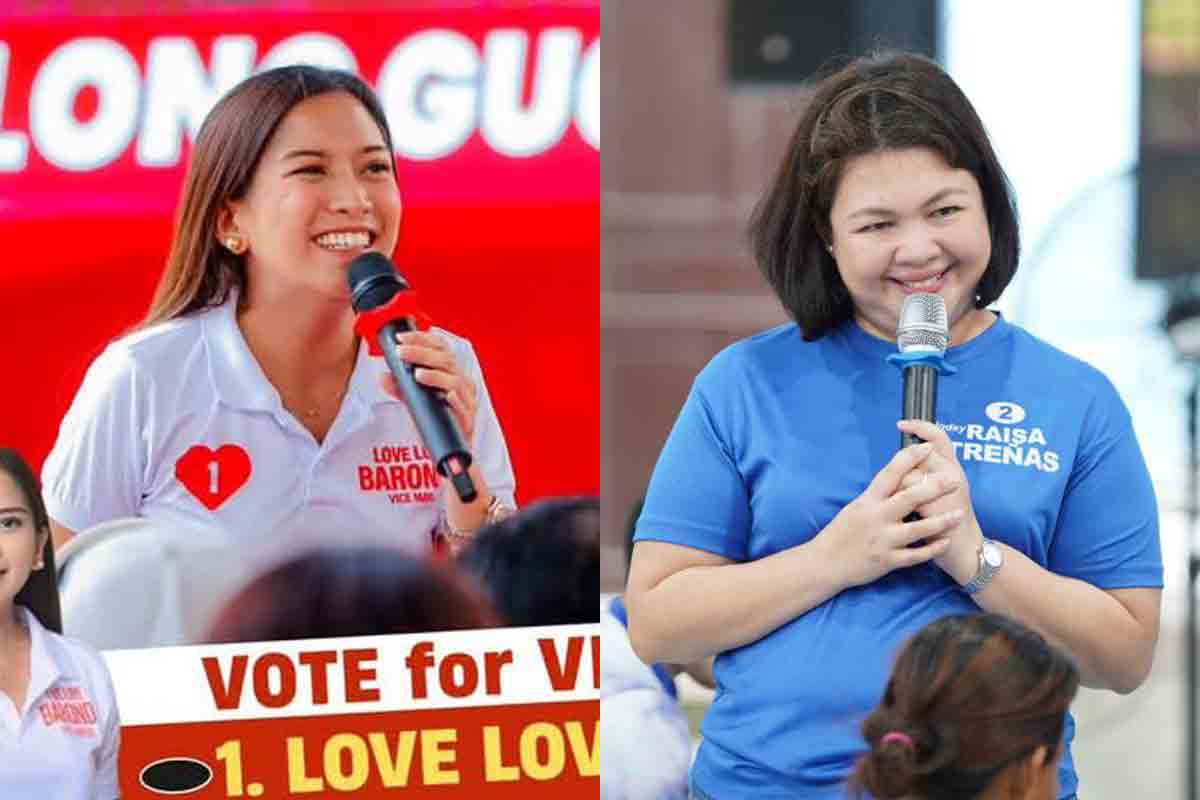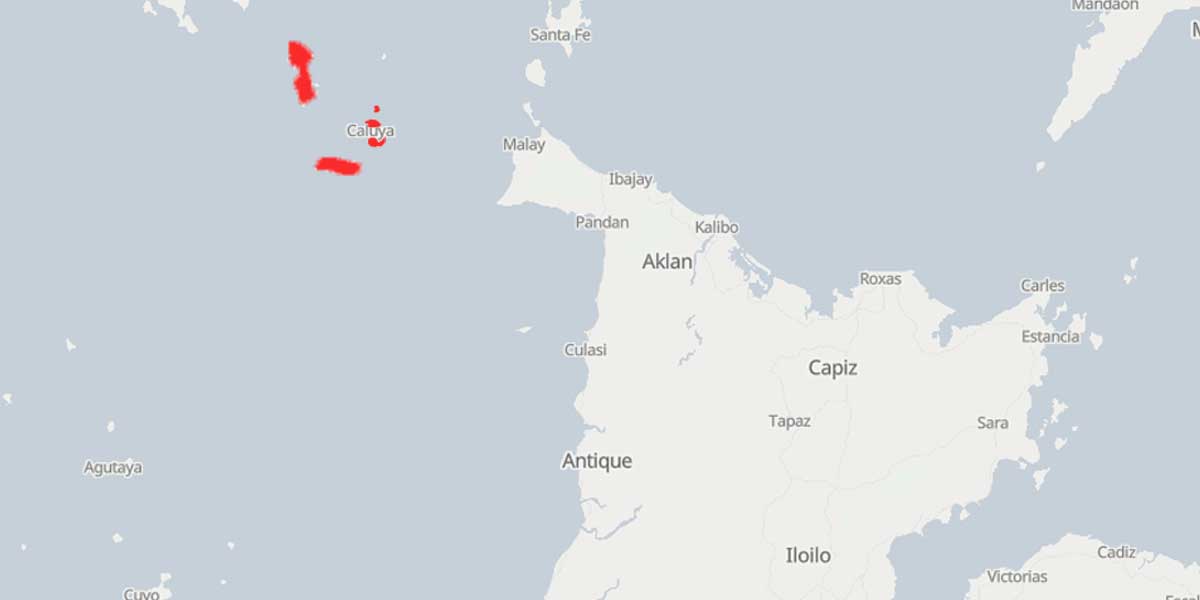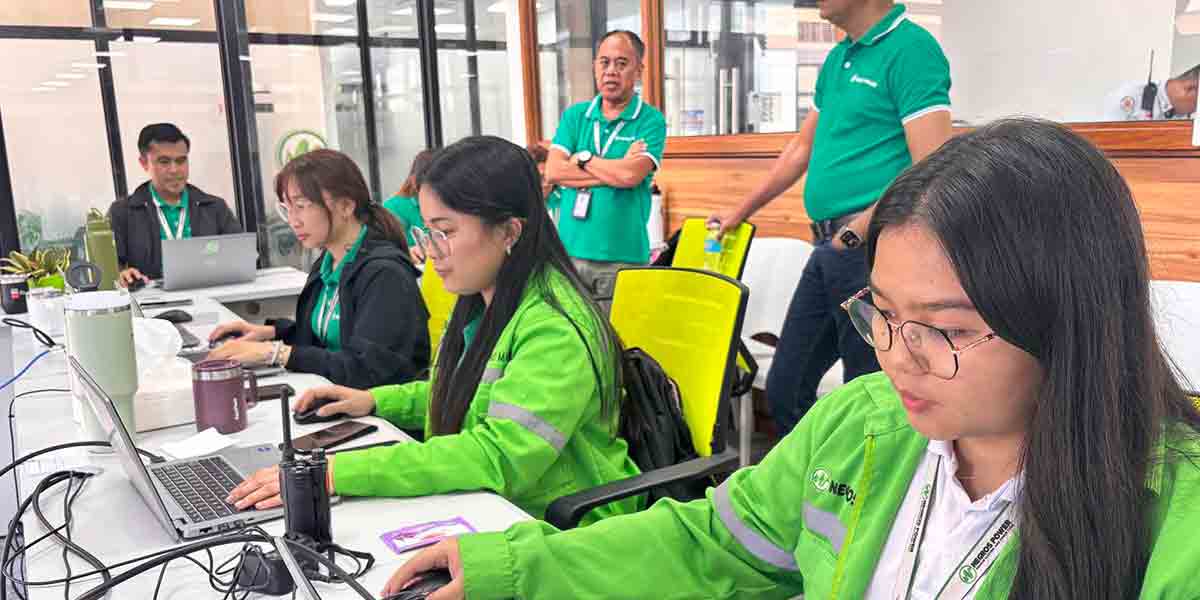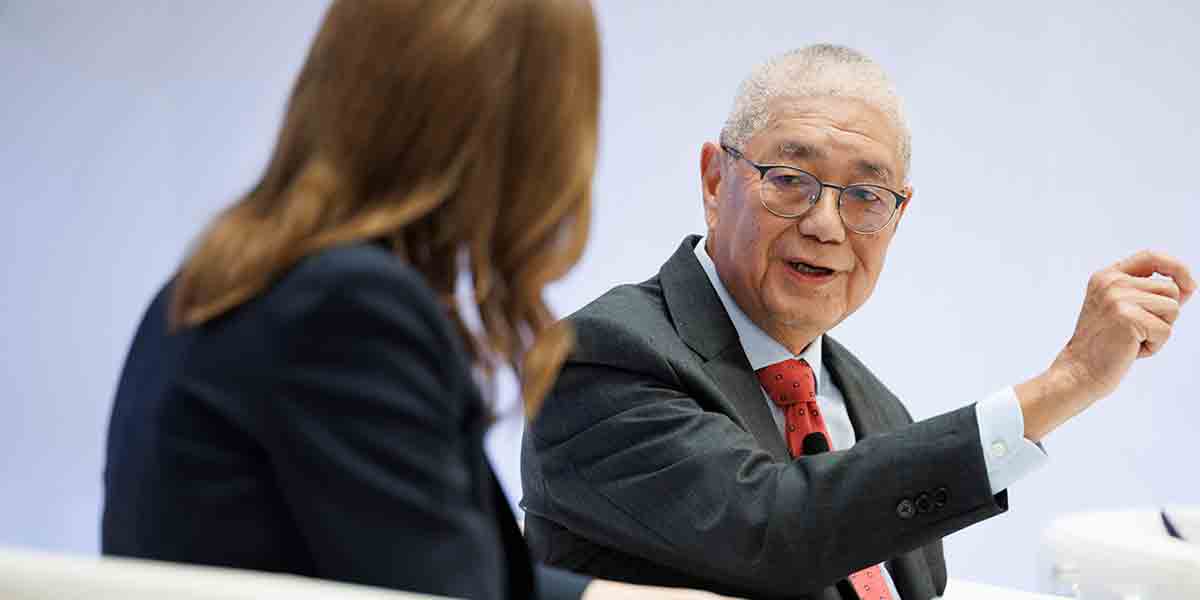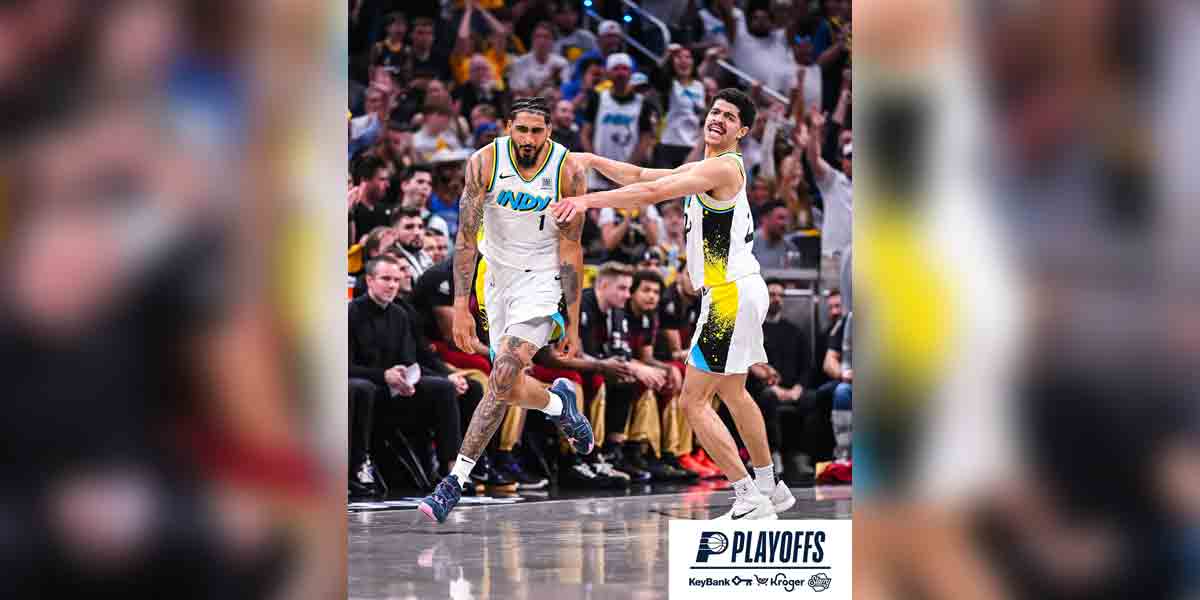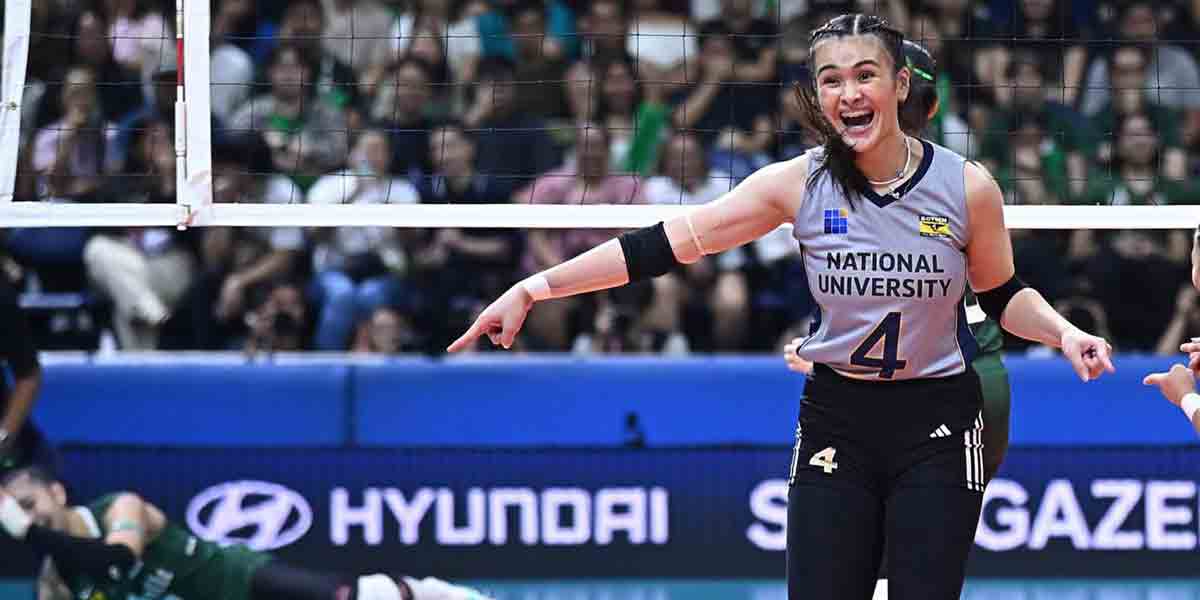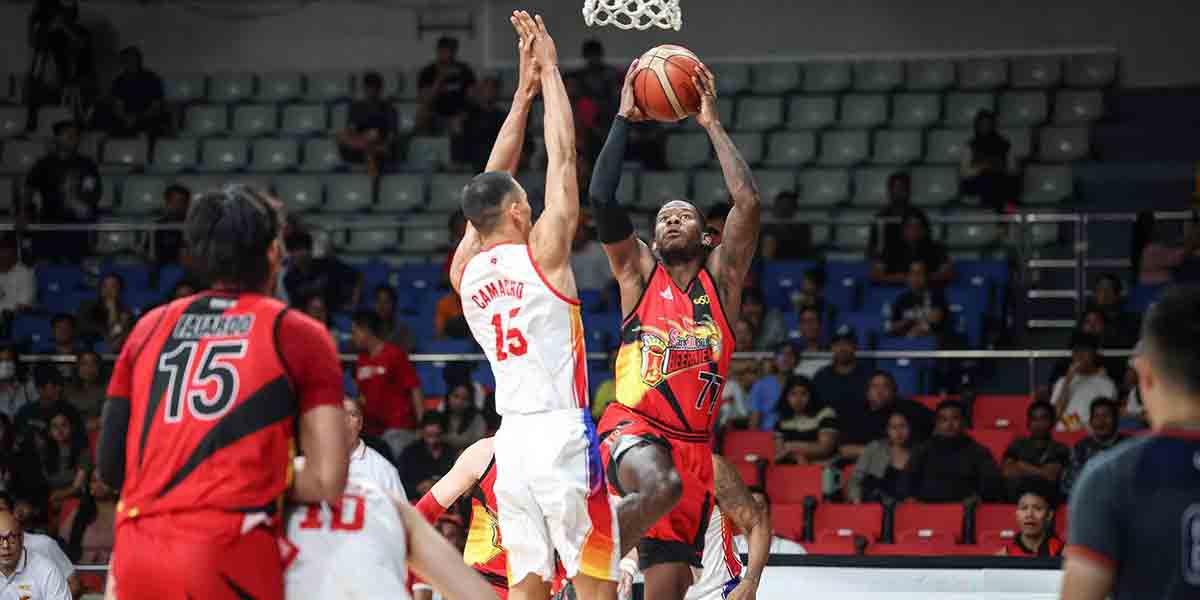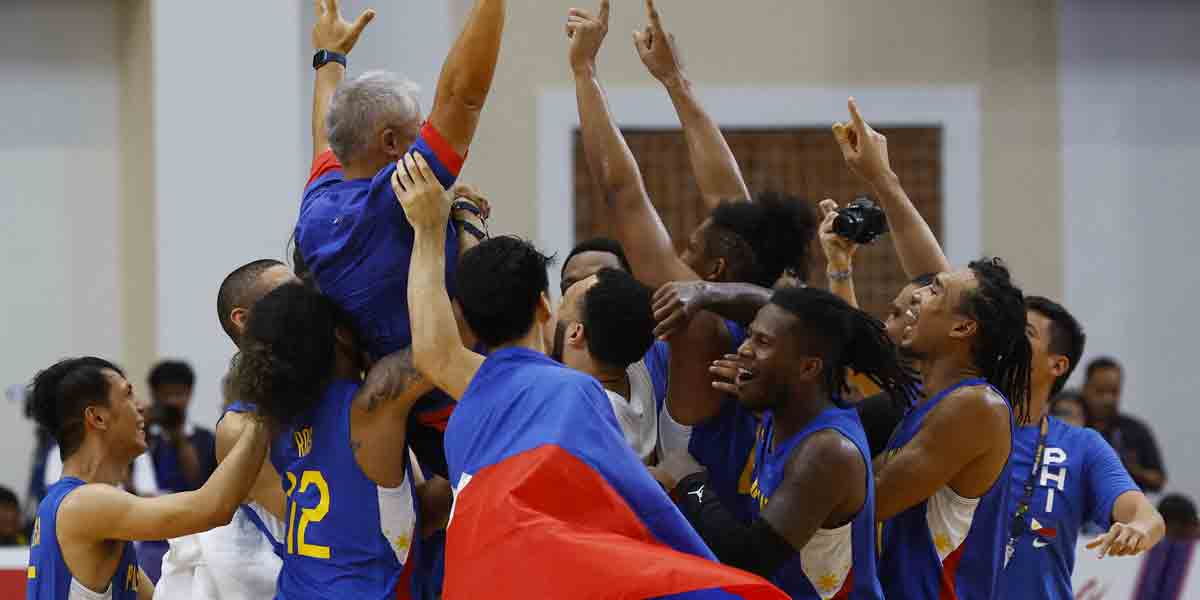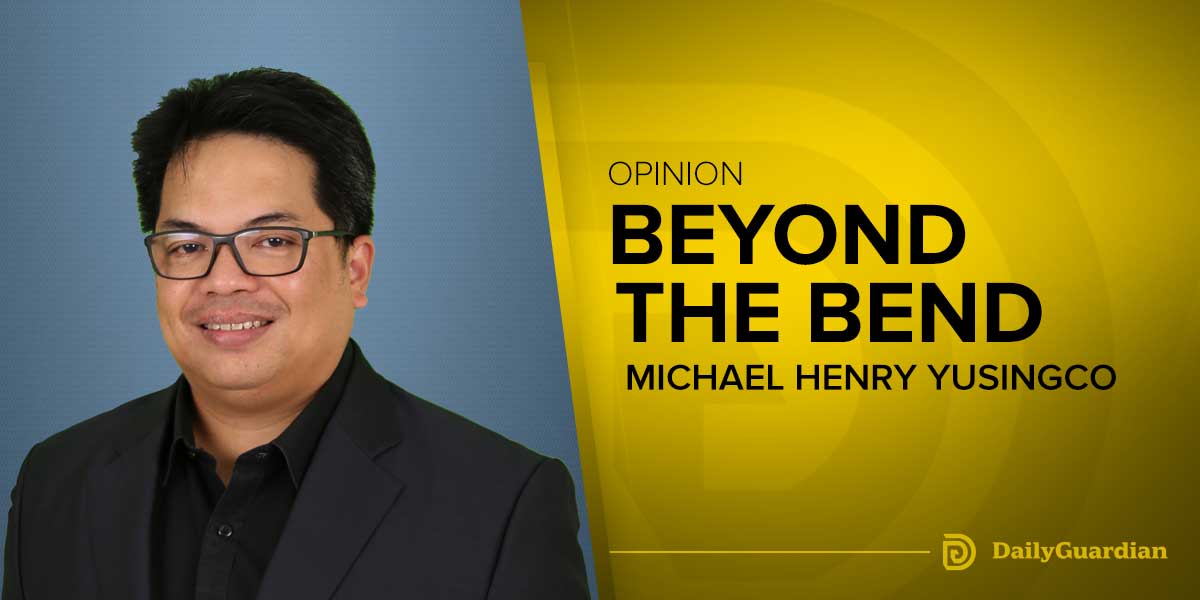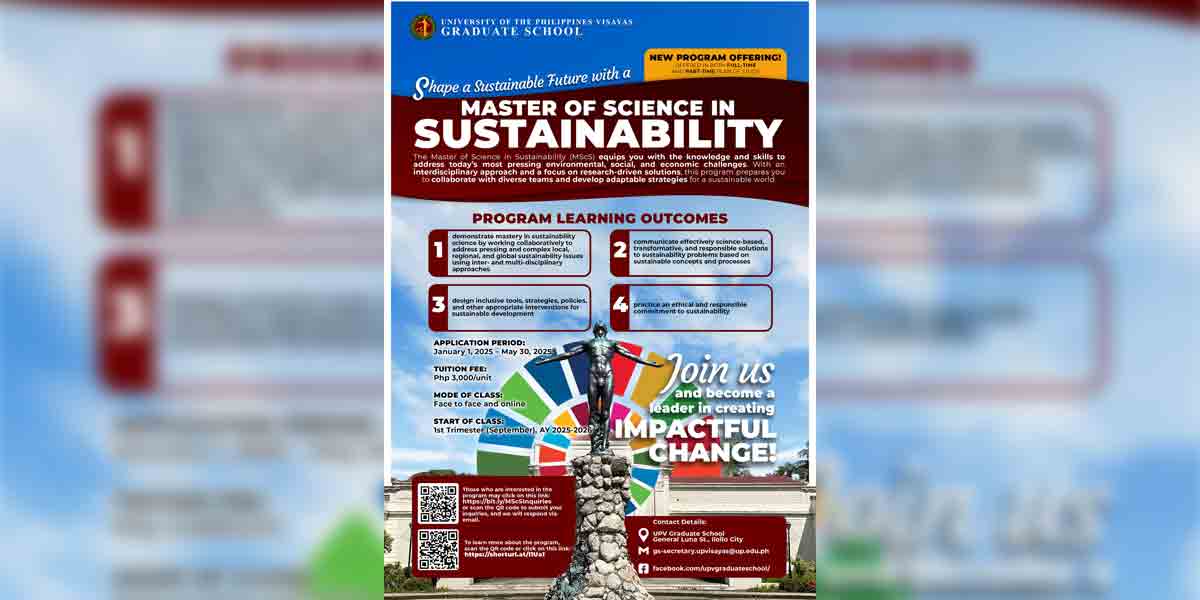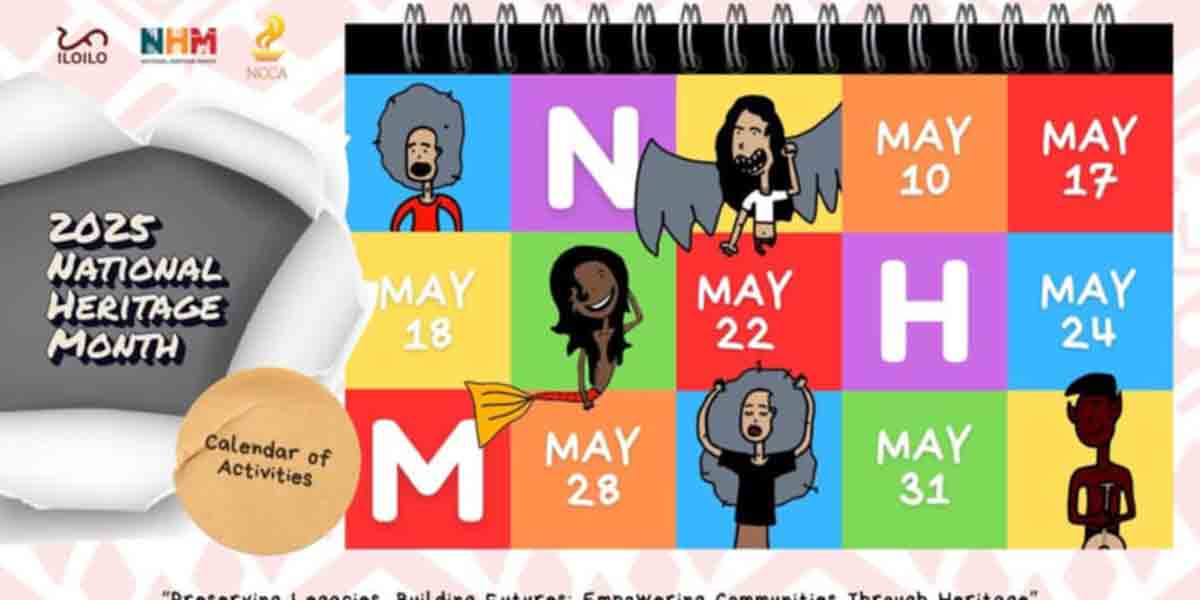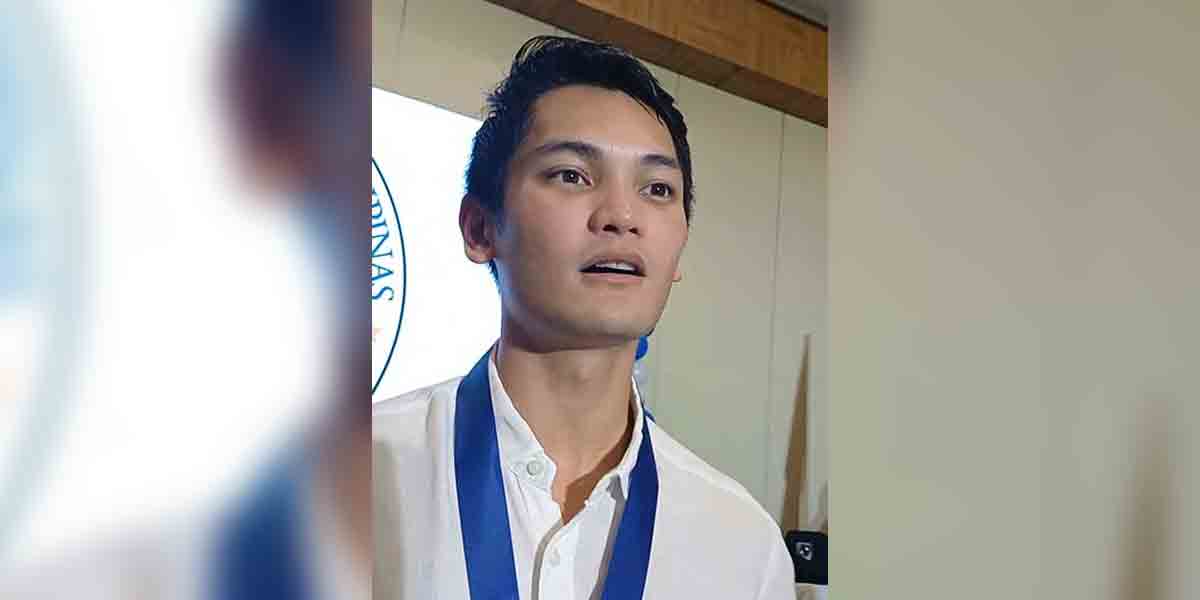By Artchil B. Fernandez
August 21, 1983 was a sunny Saturday. The quite tranquility of that day betrays the undercurrent tension sweeping the nation. Rumors were circulating around the country on the arrival that day of opposition leader former senator Benigno “Ninoy” Aquino Jr. His return was making the Marcos dictatorship nervous.
On that day the dictator Ferdinand Marcos Sr. was seriously sick and undergoing kidney transplant. The country was in shambles. The economy was a bad shape with inflation on the average at 10.22 percent. A 1980 World Bank report estimated that poverty incidence was as high 80 percent of the population. An armed communist insurgency was a serious threat to the Marcos regime, growing from 371 in 1971 to 20,000 guerillas in 1983 operating in sixty-two of the country’s seventy-four provinces. This was the social landscape of the country when Ninoy Aquino returned.
The Philippines was a social volcano on the verge of eruption in 1983. Acute poverty, systematic and systemic corruption, armed conflict, economic crisis, dictatorial and repressive rule, and lack of freedom and absence of democracy – this was the Philippines Ninoy Aquino returned to.
Diffusing the social tension and finding a way to return to democracy was the main reason he came back after three years of exile in the United States. “I have returned on my free will to join the ranks of those struggling to restore our rights and freedoms through nonviolence. I seek no confrontation. I only pray and will strive for a genuine national reconciliation founded on justice,” Ninoy Aquino said in an arrival statement he never read. He feared that the repressive and oppressive climate created by the Marcos dictatorship is driving the young to the edge.
“The nation-wide rebellion is escalating and threatens to explode into a bloody revolution. There is a growing cadre of young Filipinos who have finally come to realize that freedom is never granted, it is taken. Must we relive the agonies and the blood-letting of the past that brought forth our Republic or can we sit down as brothers and sisters and discuss our differences with reason and goodwill?” he asked.
Ninoy Aquino could have turned his back on the agony of the Filipino people and lived a comfortable life in exile as the Marcos dictatorship hoped. But he chose to stand with his fellow Filipinos in their most desperate hour. “I could have opted to seek political asylum in America, but I feel it is my duty, as it is the duty of every Filipino, to suffer with his people especially in time of crisis,” he declared.
He was aware of the dangers awaiting him but nevertheless chose to face them. “I am prepared for the worst, and have decided against the advice of my mother, my spiritual adviser, many of my tested friends and a few of my most valued political mentors.”
Despite the risk, Ninoy Aquino remained optimistic. “I never sought nor have I been given assurances or promise of leniency by the regime. I return voluntarily armed only with a clear conscience and fortified in the faith that in the end justice will emerge triumphant. According to Gandhi, the willing sacrifice of the innocent is the most powerful answer to insolent tyranny that has yet been conceived by God and man.”
While national reconciliation was his goal, Ninoy Aquino also knows that it must be anchored on justice. “National reconciliation and unity can be achieved but only with justice, including justice for our Muslim and Ifugao brothers. There can be no deal with a Dictator. No compromise with Dictatorship.”
A purely militaristic approach to social problems will not work Ninoy Aquino believes. “Subversion stems from economic, social and political causes and will not be solved by purely military solutions; it can be curbed not with ever increasing repression but with a more equitable distribution of wealth, more democracy and more freedom. For the economy to get going once again, the workingman must be given his just and rightful share of his labor, and to the owners and managers must be restored the hope where there is so much uncertainty if not despair.”
Faith was the only weapon Ninoy Aquino carried on that fateful day. “I return from exile and to an uncertain future with only determination and faith to offer—faith in our people and faith in God.”
The rest is history. An assassin’s bullet greeted him and he never said his piece. But his death not only awakened the Filipino people, it fired them to fight for freedom and democracy. Three million Filipinos buried him, the largest funeral in the history of the country and one of the biggest in the world. The shot that was fired at the airport tarmac signaled the beginning of the end of the Marcos dictatorship.
Three years after Ninoy Aquino was martyred the Filipino people in collective action drove the Marcoses out of power after twenty long years of misrule marked by corruption and brutality. His sacrificed paved the way for the restoration of liberal democracy in the Philippines.
“Heroes are not legislated, they are made by public acclaim,” according to the National Historical Commission of the Philippines (NHCP). Ninoy Aquino was acclaimed by the millions who attended his funeral and the mass movement his death unleashed mobilized millions of Filipinos to end the ruthless and corrupt Marcos dictatorship. In the 2011 survey of Social Weather Station (SWS) he ranked third after Jose Rizal and Andres Bonifacio as the most identified Filipino heroes.
In the “Age of Fake News and Historical Distortion,” troll farms and paid liars are working doubly hard to destroy Ninoy Aquino’s legacy and heroism. But history has shown that lies and falsehoods, no matter how powerful and prevalent are no match to facts. The TRUTH will always triumph in the end.

